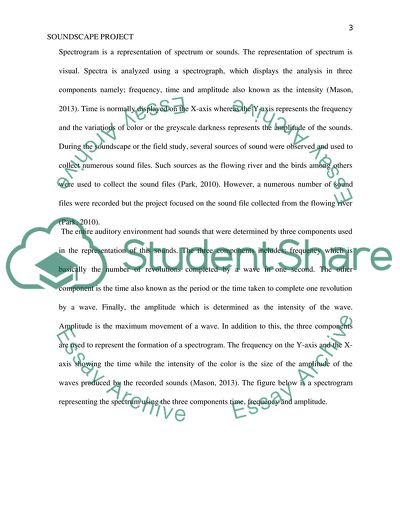Cite this document
(Making Sense of Sound Assignment Example | Topics and Well Written Essays - 1750 words, n.d.)
Making Sense of Sound Assignment Example | Topics and Well Written Essays - 1750 words. https://studentshare.org/environmental-studies/1870784-soundscape-project
Making Sense of Sound Assignment Example | Topics and Well Written Essays - 1750 words. https://studentshare.org/environmental-studies/1870784-soundscape-project
(Making Sense of Sound Assignment Example | Topics and Well Written Essays - 1750 Words)
Making Sense of Sound Assignment Example | Topics and Well Written Essays - 1750 Words. https://studentshare.org/environmental-studies/1870784-soundscape-project.
Making Sense of Sound Assignment Example | Topics and Well Written Essays - 1750 Words. https://studentshare.org/environmental-studies/1870784-soundscape-project.
“Making Sense of Sound Assignment Example | Topics and Well Written Essays - 1750 Words”. https://studentshare.org/environmental-studies/1870784-soundscape-project.


